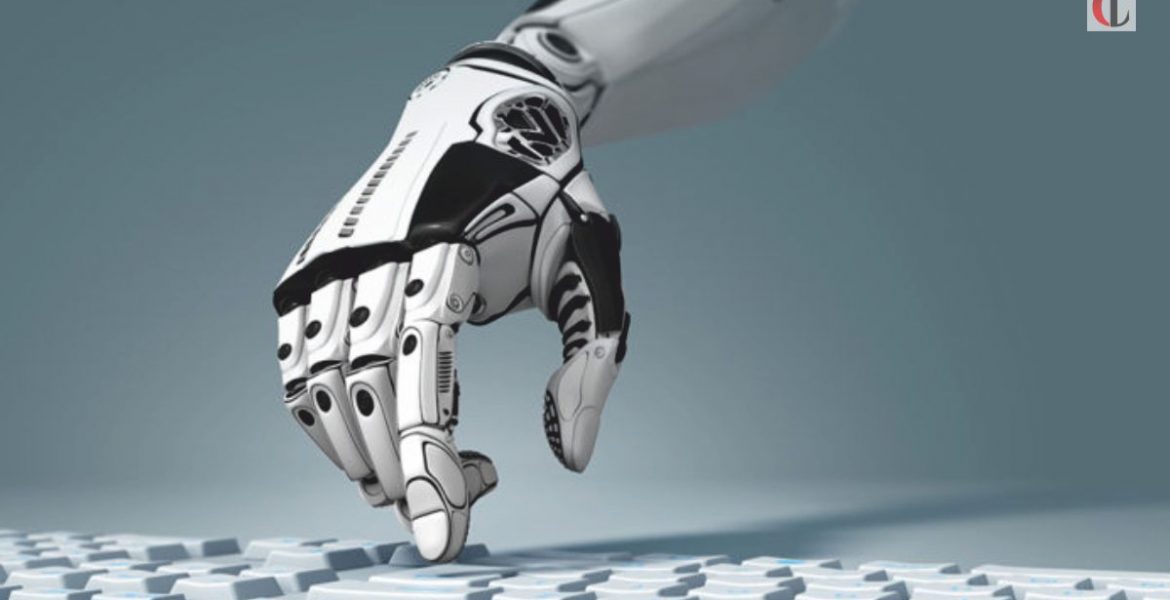At present, Artificial Intelligence and Robotic Process Automation (RPA) plays an important role towards innovative approaches in customer engagement to amplify employee capabilities and explore new business models. At the same time, machines are filled with deep learning capabilities which promise technical process and human-machine partnership. The next step of AI is the digital economy and to the next level is cognitive computing. It offers society an incomparable opportunity to make smarter and more informed decisions.
RPA is the use of software with artificial intelligence (AI) and machine learning capabilities. The complete process is derived from the tasks which include queries, calculations, and maintenance of records and transactions. And the cognitive technology enables functionality of the human brain through various means, including language processing. The merger of this both technologies has a unified approach towards innovation.
As every business implement its digital transformation process, technological complexity arises from increased data consumption. It has still remained one of the biggest challenges for the businesses to tackle. It is also difficult to manage and drive up IT expenditure. It inhibits organizations’ to scale its ability and it also takes many forms.
Organizations with the forward-thinking approach are exploring its innovative ways to control its advancements in RPA and cognitive technologies to gain competitive advantages in the growing digital economy.
Insights on Merging of RPA and Cognitive Technology
The objectives for cognitive RPA is divided into two major parts, mirror human intelligence and simulate the human thought process. Cognitive technologies’ perception is appearing with the simplistic way in the organization with these technologies to increase its complex process.
Companies are using software robots for the implementation of the job of automating routine and repetitive processes. And now the whole process is getting smarter at replicating human behavior with improved accuracy. The process undertakes tasks which require cognitive intelligence and predictive ability. Through the merger of the technologies, RPA has become an important key aspect for business lifecycle including strategy, marketing, and customer experience.
Businesses implement the component which enhances the functionality of the process such as Natural Language Processing (NLP). It includes machine learning techniques and also enables robots to actively learn from humans.
The process also expands perceptual and judgment-based activities which were previously undertaken by humans only. But with the emergence of both the technologies, the process is accomplished in shared manner exclusively by robots. The process has the ability to dynamically analyze data that human beings will never be able to deliver. So, cognitive RPA is effectively minimizing human involvement by providing unified products.
Identifying products and objects
The relevant information is extracted from various standardize documents such as emails synthesizing gigabytes of data into structured groups of software robots.
The products are no longer relying on constant human inputs in which it out-match existing employees’ productivity and rarely make mistakes. The transformative effect of this digital workforce on the economy is already being seen around the world. Many organizations increasingly collaborate with its human workforce with digital counterparts to enhance overall productivity and reduce cost.
Through insights of the organization, the impact of RPA can be noticeable in the months. Cognitive technology has its own ability that implement effectively by shrinking down to weeks.
The organizations are driven by unified cognitive solutions which are striving to invent another great cognitive revolution. One that is driven by delivering delightful customer experiences across borders and devices.
Examples of such applications run across industries and verticals; they can be found in:
- HR and recruitment – It is helpful by providing effective screening of candidates based on predetermined specifications.
- Insurance – The process eliminates repetitive and manual data-entry tasks to reduce processing delays.
- Financial services – The process is used to improve back-office banking processes to remove its manual processes dependency.
- Processing services – This application is been used as constructing improved invoice verification processes to optimize resources.
- CRM/ERP systems – It also exhibits automating record maintenance for critical processes and input collection.
- Billing operations – The application is helpful for maintaining synchronized records across global retail chains.
The whole process and functionality deliver instances of service robots that can help prepare meals, assist shoppers, support workers and even engage customers. It is predictable in the next few years that there will be a complete transformation where it is established how organization and humans will connect. Ultimately, it is concluded that humans and robots both work better when they work together. Humanity’s next great revolution depends on the co-existence of both. While AI has indicated the first few steps on this journey, cognitive RPA lights up the path ahead.

